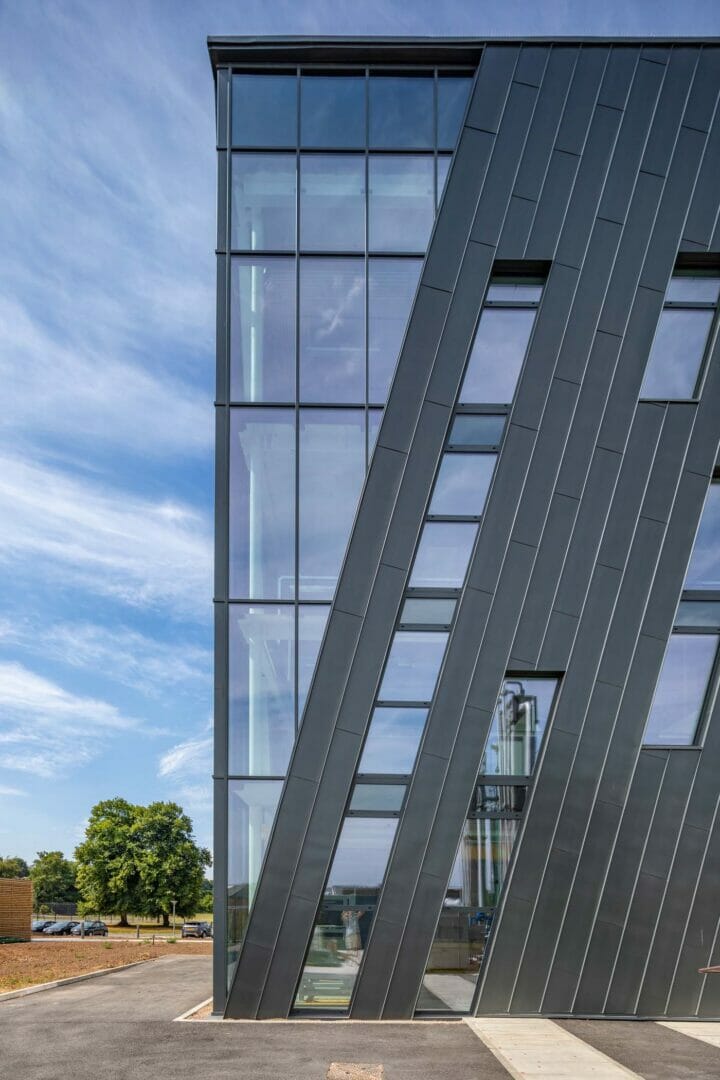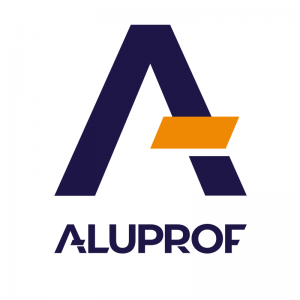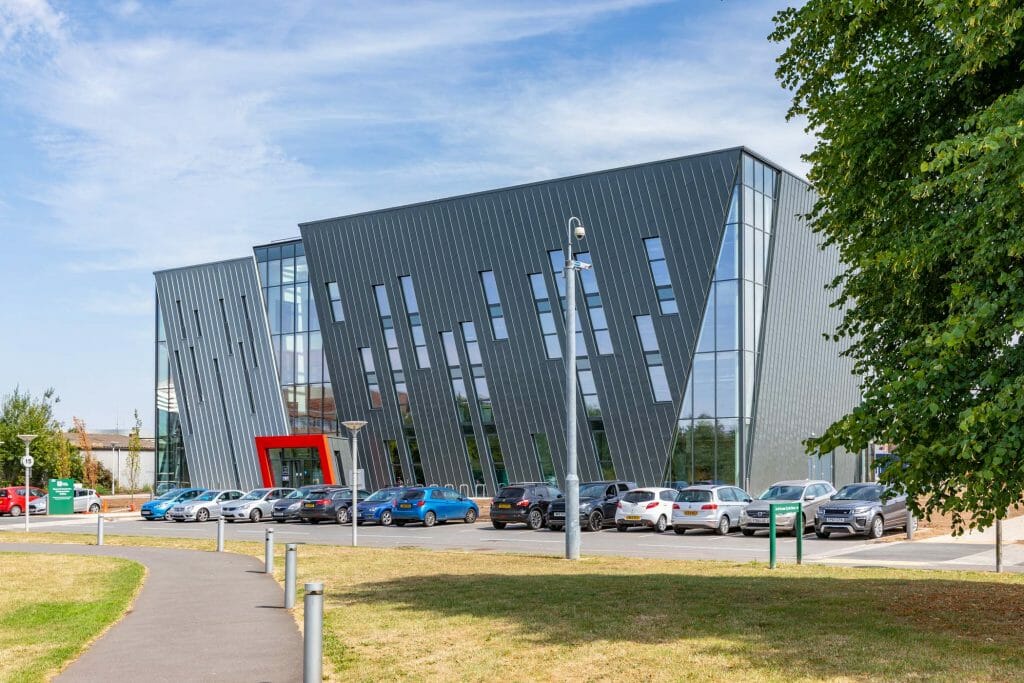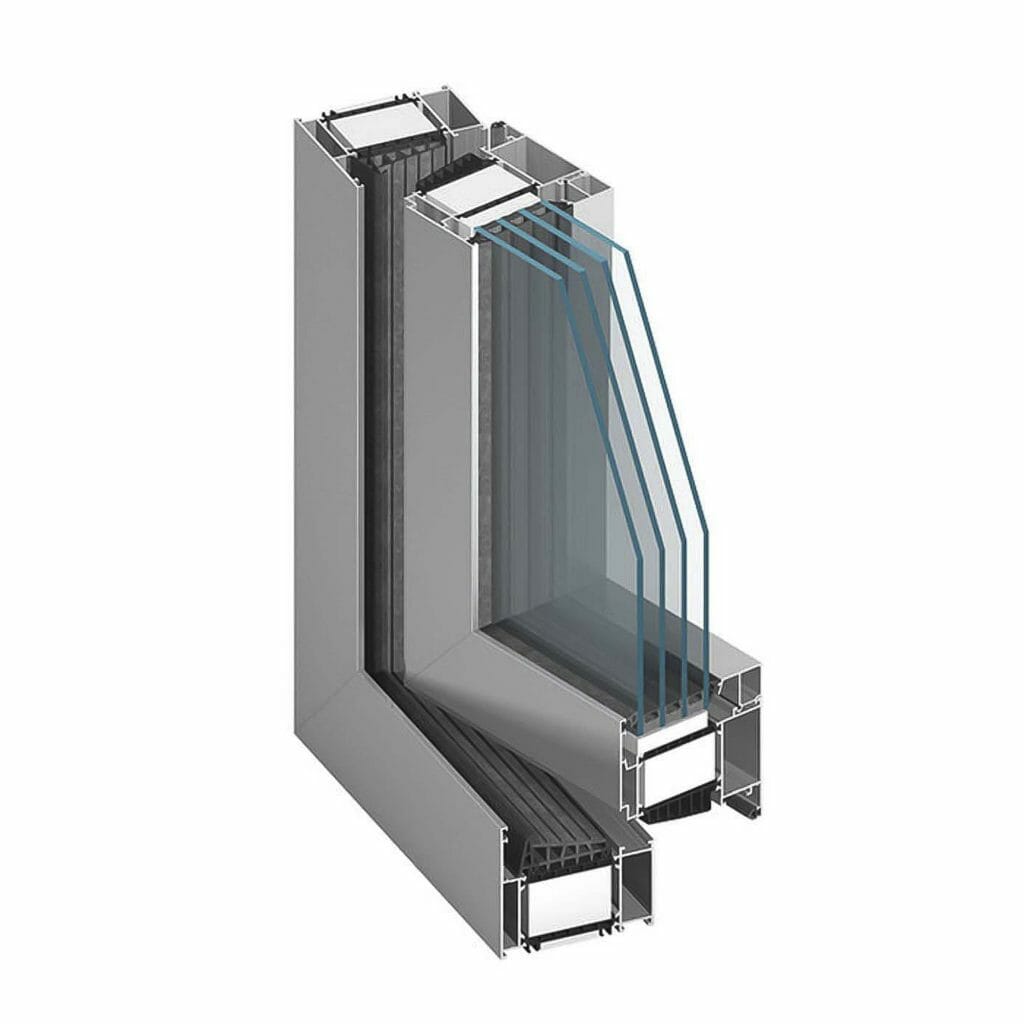
By Wojciech Brozyna – MD of Aluprof UK
There is a real benefit of living and working in a ‘Carbon Neutral’ home or office. Not only are the rising energy costs for space heating eliminated, but the living and working environment can actually be improved, which significantly reflects on our well-being. This is not a utopian vision of the future, we have had the ability to source sustainable materials and build this way for some years, but have chosen to remain with our traditional construction. Change is now urgently needed to enable sustainable living for everyone, it is captured in the Passivhaus concept, something that we should all be working towards.
The history of Passivhaus
As far back as 1982, American physicist William Shurcliff published a book “The Saunders-Shrewsbury House,” in which he describes the concepts of “super-insulation” and passive solar as “passive house.” In the late 1980s a passive house movement had emerged in North America, but, shortly after America lost its appetite for energy conservation and Germany picked up the reins. German physicist Wolfgang Feist refined the passive house concept to further improve efficiency and proposed a passive house concept with an annual heating demand of just 15 kilowatt-hours per square metre of floor area. Considered as the most rigorous standard in energy efficiency today, the Passivhaus-Institute, founded in Darmstadt in Germany in September 1996, continues to promote and control the Passivhaus standards. Today over twenty-nine thousand buildings have been certified according to the strict Passive House Institute certification criteria, representing a total floor area of almost twenty-seven thousand square metres. In the UK we currently have over three hundred completed Passivhaus certified projects, with a further two hundred and twenty under construction.
Five key elements of Passivhaus
There are five key elements to understand about Passivhaus before starting to look at the technical requirements. First and foremost, Passivhaus is fundamentally about integrated design where the whole building team are involved at the outset. Whilst it may seem that Passivhaus is designed just for northern climates, the second key element is information about location, as well designed Passivhaus structure can now effectively be installed anywhere in the world. Orientation, the third key element, has a part to play in ensuring that solar heat gains are optimised. The fourth key element, is the building form, whilst a Passivhaus construction can take any form, physics confirms that with a convoluted shape, with a resulting greater surface area for a given space, will allow more heat loss. Finally, the fifth element is that of the construction system itself. Passivhaus is a fabric first approach and whilst any material can be utilised, the focus on airtightness and thermal insulation are paramount. Thermal bridges are to be avoided at all costs to maximise keeping the heat in, and of course, in certain climates and various times of the year, also keeping the heat out. It is the building fabric that does all the heavy work in Passivhaus design.
Included in the design is the crucial element of fresh outdoor air being circulated inside being warmed with an efficient heat recovery system, warm air going out heating up the cold air coming in, so that energy consumption is kept at a bare minimum. The best use of natural daylight, including some solar gain, further enhances the energy savings in this unique form of construction.
Design criteria
Designing high insulation wall elements can be relatively straightforward, but when these elements are perforated by windows and doors, robust detailing is needed to minimise thermal bridging and maximise air tightness. Window and door systems chosen must offer the highest levels of thermal insulation including the adoption of triple and quadruple glazing. Few systems meet these high performance characteristics, most are supplied from aluminium systems companies with wide, high performance thermal breaks. Aluprof, one Europes leading aluminium systems companies, offer a range of systems that can be specified by architects to meet the requirements of Passivhaus design.
With Aluprof’s MB-104 system, both windows and doors can confidently be specified as the system has gained the Passivhaus Institute Darmstadt certification. The MB-104 Passive Aero has excellent thermal insulation performance for an openable window system with a Uw as low as 0.53 W//m2K and for a door a UD as low as 0.62 W//m2K. With glazing widths up to a class leading 81mm in thickness, the doors can also be assembled into panel doors as well as fully glazed.
Passivhaus, by its name, suggests that the construction is just for dwellings. A recent project completed, the 2,500m2 research facility for the University of Nottingham, provides laboratory, office and support accommodation for the UK Government Energy Research Acceleration Initiative. The project is known as the ‘RAD’ Building (research acceleration and demonstration) on the Jubilee campus. The building was constructed by Robert Woodhead Construction of Nottingham and has been designed to achieve BREEAM Excellent and includes further extensive Passivhaus measures to reduce energy requirements. High performance window, curtain wall and door systems from Aluprof have been used throughout the building offering very high levels of insulation. Fabricator and installer, Commercial Systems International of Humberside, used MB-TT50 curtain wall and MB-104 windows from Aluprof which carry certification from Passivhaus. On completion the building has been extensively tested and has gained the coveted Passivhaus certification.
So why involve a systems provider?
At the design concept it is crucial that the right product is specified along with detailing to ensure that the building will meet Passivhaus standards. Aluprof can assist in product choice, often tailoring the system chosen to offer the best specification for its location. The tech team at Aluprof can also offering assistance in the reveal detailing, which will minimise any cold bridging in the interface between the building fabric and window system.
Since setting up the Aluprof Office at the Business Design Centre in London, the company has rapidly grown their specification influence in the UK with their high performance architectural aluminium systems. Further expansion of the company’s’ headquarters in Altrincham now provides specifiers with meeting facilities and an extensive showroom of commercial systems to view. With overseas growth across Europe spreading into the Middle East and firm roots already in the East of the USA, the company is becoming a global player in facade supply.
Further information is available on the company’s website at aluprof.co.uk or direct from their UK office in Altrincham on 0161 941 4005.



